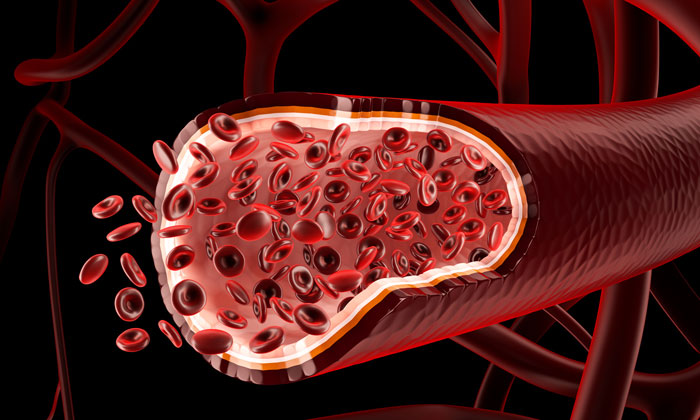Researchers discover switch that converts blood vessels to blood stem cells
Posted: 21 March 2018 | Drug Target Review | No comments yet
A team of scientists in the UK and Italy has discovered a switch that instructs blood vessel cells to become blood stem cells during embryonic development in mice. These findings could aid research into new blood cell creation for transplants.


Using single-cell technology, researchers from the Wellcome Sanger Institute in Cambridge and the European Molecular Biology Laboratory in Rome discovered that two sets of specific factors in the cells work against each other, and when the balance of these changes, the vascular tube cells convert to blood stem cells. These findings could pave the way for further research into creating new blood cells for transplants and for understanding cancer development.
Blood vessels and blood cells develop from stem cells in the embryo. In fact, the blood stem cells, responsible for the generation of all blood cell types, develop from the vascular cells that line the walls of blood vessels. This process happens in fish, birds and mammals, and is critical for the formation of blood cells. However, the mechanism that these vascular cells use to decide when to transform into blood stem cells was unknown.
Single-cell transcriptomics technology
To understand the process of blood cell development, the researchers studied seven factors – termed transcription factors – known to be important in blood cancers, using a powerful new technology called single-cell transcriptomics. They discovered that in mouse embryo cells that were transitioning between vascular cells and blood cells, all seven of these factors were expressed together. However, when they engineered various combinations of these transcription factors into embryonic stem cell lines (ESCs) – used to model embryonic blood development in the dish – they discovered the factors split unexpectedly into two distinct sets: one supporting the vascular cell fate and the other the blood programme.
The researchers discovered there was a balance between the two sets of transcription factors. High levels of each set of transcription factors acted as a switch for the mouse embryo to choose whether to maintain vascular cells or to develop them into blood stem cells.
Providing an overview of the research, Dr Martin Hemberg, a corresponding author on the paper from the Wellcome Sanger Institute, said:
This was the first time that anyone has been able to show how a group of transcription factors causes a vascular cell to choose to develop into a blood stem cell, and demonstrates the power of single-cell transcriptomics for characterising really complex systems of transcription factors.”
“Using this technology, we could see the exact genes that were switched on in every single cell, and found that the transcription factors acted as a fork in the road of development of blood cells.”
The study was very technically challenging. Not only was it difficult to express so many transcription factors simultaneously in ESCs, it was also the first time that single-cell transcriptomics had been used to study a large complex of transcription factors.
Locating the switch to blood stem cells
Dr Tallulah Andrews, the joint second author also from the Wellcome Sanger Institute, said: “This was a very challenging computational problem as there was a huge network of interactions in the complex that needed to be unravelled.
By applying recent advances in statistics to this biological question, we were able to predict that some of the transcription factors were acting in opposition to each other like a switch, rather than working together, which the study was then able to prove experimentally.”
The knowledge gained in the study could aid further research towards the creation of blood stem cells for use in transfusions or blood cancer treatments, and could also help in the understanding of metastasis (when cancer cells spread to other organs).
Commenting on the possible links to metastasis mechanisms, Dr Christophe Lancrin, a corresponding author on the paper from the European Molecular Biology Laboratory, Rome, said: “We have revealed the gene regulatory network responsible for switching off the vascular cell fate and switching on the blood programme to generate blood stem cells. Interestingly, the process of metastasis in cancer also involves changes in cell states and may use a similar process to the one we have discovered. If we could better understand how the transcription factors responsible for different cell states compete with each other, we could begin to think of ways to specifically inhibit this process and improve the chance of survival of cancer patients.”
Related topics
Genomics, Stem Cells
Related conditions
metastatic cancer
Related organisations
European Molecular Biology Laboratory, Wellcome Sanger Institute
Related people
Dr Christophe Lancrin, Dr Martin Hemberg, Dr Tallulah Andrews








